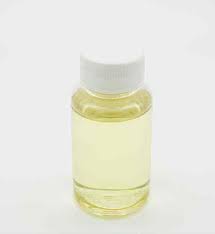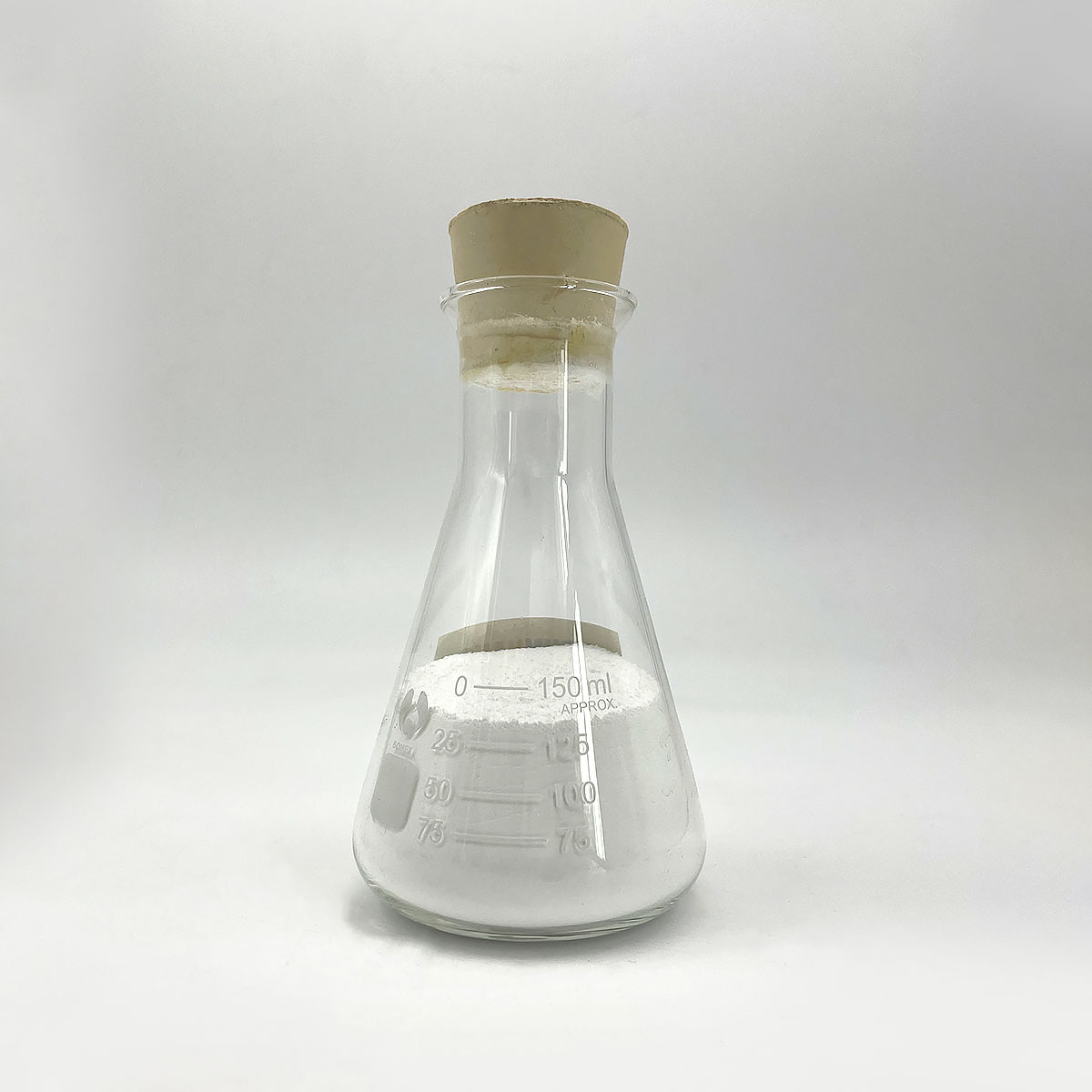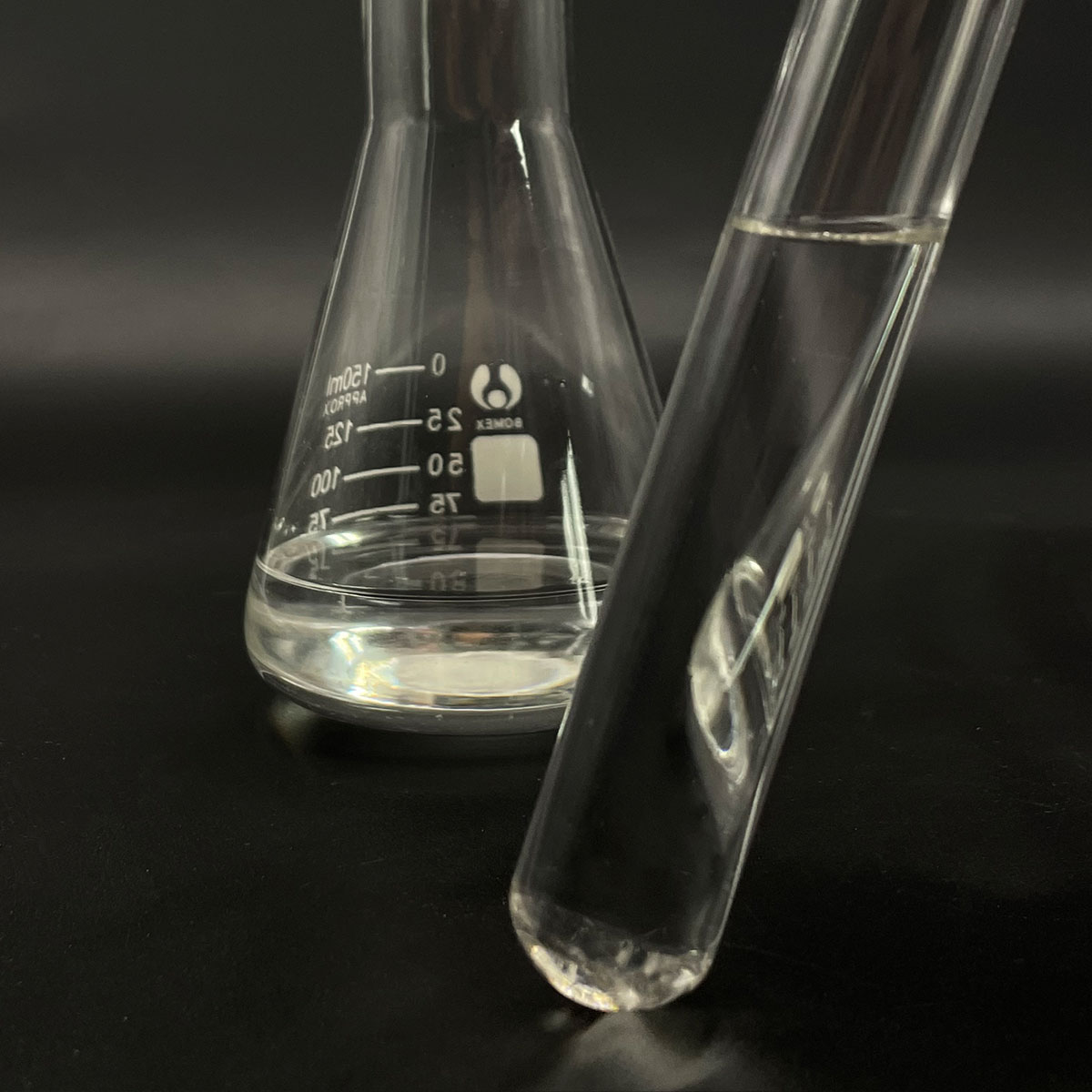Overview of White Crystalline Powder Chemical Intermediates Chloroacetic Acid
Amphoteric surfactants are a unique class of surface-active agents that possess both cationic and anionic properties, depending on the pH of the system they are in. They contain both a positively charged group (like a quaternary ammonium salt) and a negatively charged group (such as a carboxylate or sulfonate), which can ionize depending on the surrounding conditions. This dual nature grants them exceptional versatility, making them effective in a wide range of pH environments and compatible with other surfactant types. They are known for their mildness and excellent dermatological compatibility, rendering them particularly suitable for personal care applications.
Features of White Crystalline Powder Chemical Intermediates Chloroacetic Acid
-
pH Responsiveness: Their charge varies with pH, becoming cationic in acidic conditions and anionic in alkaline, with a zwitterionic (neutral) state at the isoelectric point.
-
Mildness: Known for being gentle on skin and eyes, making them ideal for sensitive applications like baby care and personal hygiene products.
-
Foaming Properties: Can generate rich, stable foam even in hard water conditions, enhancing their use in cleaning products.
-
Emulsification: Efficient emulsifiers capable of forming both oil-in-water (O/W) and water-in-oil (W/O) emulsions, depending on the formulation and pH.
-
Compatibility: Because they have both anionic and cationic properties, they are compatible with other types of surfactants and can work synergistically to enhance cleaning effects.
-
Biodegradability: Many amphoteric surfactants are readily biodegradable, contributing to their environmentally friendly profile.

(White Crystalline Powder Chemical Intermediates Chloroacetic Acid)
Specification of White Crystalline Powder Chemical Intermediates Chloroacetic Acid
White crystalline powder chemical intermediates chloroacetic acid works as a key raw material in multiple industries. Its chemical formula is C ₂ H THREE ClO TWO. The CAS number is 79-11-8. This product looks like a fine, free-flowing white powder. It has a mild acetic acid-like odor. The material liquifies quickly in water. It likewise mixes well with alcohols and ethers. The melting point ranges between 63 ° C and 65 ° C. The boiling factor is approximately 189 ° C. Its thickness steps around 1.58 g/cm six at 25 ° C. The pH of a 1% aqueous service is typically acidic, near 2.5.
Chloroacetic acid serves as a flexible building block in organic synthesis. It is extensively utilized to create agrochemicals like herbicides. The pharmaceutical sector utilizes it to make active ingredients. It aids in producing carboxymethyl cellulose (CMC), a common thickener. The substance likewise plays a role in synthesizing dyes and surfactants.
The product fulfills high pureness criteria. Technical-grade chloroacetic acid typically exceeds 99% purity. Wetness web content stays listed below 0.5%. Residual chloride ions stay under 0.1%. The product shows stability under suggested storage space problems. It responds with strong oxidizers and bases. Straight call with dampness or heat resources should be stayed clear of.
Product packaging involves 25 kg polyethylene-lined woven bags. Custom-made product packaging options are offered. Storage space requires an awesome, dry, well-ventilated area. Keep containers tightly sealed. Prevent direct exposure to sunshine or inappropriate materials. Life span prolongs approximately two years when stored correctly.
Safety preventative measures are critical. Chloroacetic acid is harsh. Skin or eye call causes severe burns. Usage safety handwear covers, safety glasses, and lab layers throughout handling. Guarantee adequate air flow in work areas. In instance of spills, reduce the effects of with alkaline compounds like sodium bicarbonate. Collect residues making use of non-reactive tools. Dispose of waste according to neighborhood policies.
Transportation follows conventional chemical delivery guidelines. Label bundles as “Corrosive” under global risk codes. Comply with local safety regulations during distribution. Technical information sheets and safety guidelines accompany all orders.

(White Crystalline Powder Chemical Intermediates Chloroacetic Acid)
Applications of White Crystalline Powder Chemical Intermediates Chloroacetic Acid
White crystalline powder chemical intermediates like chloroacetic acid play essential roles throughout sectors. Chloroacetic acid serves as a functional building block in natural synthesis. It acts as a key resources for generating herbicides, medicines, dyes, and cosmetics.
In agrochemicals, chloroacetic acid aids make salt chloroacetate. This substance is critical for producing glyphosate-based herbicides. These herbicides control weeds properly in farming. The acid’s reactivity allows alterations to boost item efficiency.
Pharmaceutical applications rely upon chloroacetic acid for manufacturing intermediates. It assists in producing vitamins like vitamin B6. It also supports the development of anti-inflammatory medications and bactericides. Its purity ensures conformity with medical safety criteria.
The dye market uses chloroacetic acid to establish reactive dyes and pigments. It makes it possible for shade fixation on textiles throughout textile handling. The acid’s stability under high temperatures makes it ideal for industrial color manufacturing.
Cosmetics benefit from chloroacetic acid in thickening representatives. It aids form carboxymethyl cellulose (CMC), a common component in creams and creams. CMC enhances texture and dampness retention in skincare products.
Other uses consist of making surfactants, preservatives, and adhesives. Chloroacetic acid reacts with alcohols to develop esters for plasticizers. These esters enhance flexibility in plastics and rubber items.
Managing chloroacetic acid needs treatment. It is destructive and should be saved in trendy, dry problems. Correct safety equipment protects against skin or eye call. Vendors make sure high-purity qualities for industrial safety and security.
Demand for chloroacetic acid grows as sectors expand. Its adaptability in synthesis procedures supports innovation. Producers concentrate on sustainable techniques to meet environmental guidelines. Research remains to explore new applications in specialized chemicals.
Company Profile
SurfactantChina is a trusted global chemical material supplier & manufacturer with over 12-year-experience in providing super high-quality surfactant and relative products.
The company has a professional technical department and Quality Supervision Department, a well-equipped laboratory, and equipped with advanced testing equipment and after-sales customer service center.
If you are looking for high-quality surfactant and relative products, please feel free to contact us or click on the needed products to send an inquiry.
Payment Methods
L/C, T/T, Western Union, Paypal, Credit Card etc.
Shipment
It could be shipped by sea, by air, or by reveal ASAP as soon as repayment receipt.
5 FAQs of White Crystalline Powder Chemical Intermediates Chloroacetic Acid
1. What is Chloroacetic Acid?
Chloroacetic Acid is a white crystalline powder. It’s a chemical intermediate used in making other chemicals. The substance has a strong odor. It dissolves easily in water. It’s highly reactive. Industries value it for its role in synthesizing products like herbicides.
2. What are its main uses?
This acid is common in herbicide production. It helps create carboxymethyl cellulose, a thickener in food and cosmetics. Pharmaceuticals use it to make certain drugs. Dyes and textiles rely on it for processing. It’s also used in organic chemistry experiments.
3. Is Chloroacetic Acid safe to handle?
The acid is corrosive. Skin contact causes burns. Inhalation irritates the lungs. Proper protective gear is essential. Gloves, goggles, and masks must be worn. Work areas need good ventilation. Follow safety guidelines strictly.
4. How should it be stored?
Keep the powder in a cool, dry place. Avoid moisture and heat. Store away from incompatible materials like bases or oxidizers. Use airtight containers. Label containers clearly. Check for leaks or damage regularly.
5. Which industries use Chloroacetic Acid most?
Agriculture depends on it for herbicides. Pharmaceuticals use it in drug synthesis. The cosmetics industry needs it for thickeners. Textile manufacturing applies it in dye processes. Chemical labs utilize it for research and production.

(White Crystalline Powder Chemical Intermediates Chloroacetic Acid)





